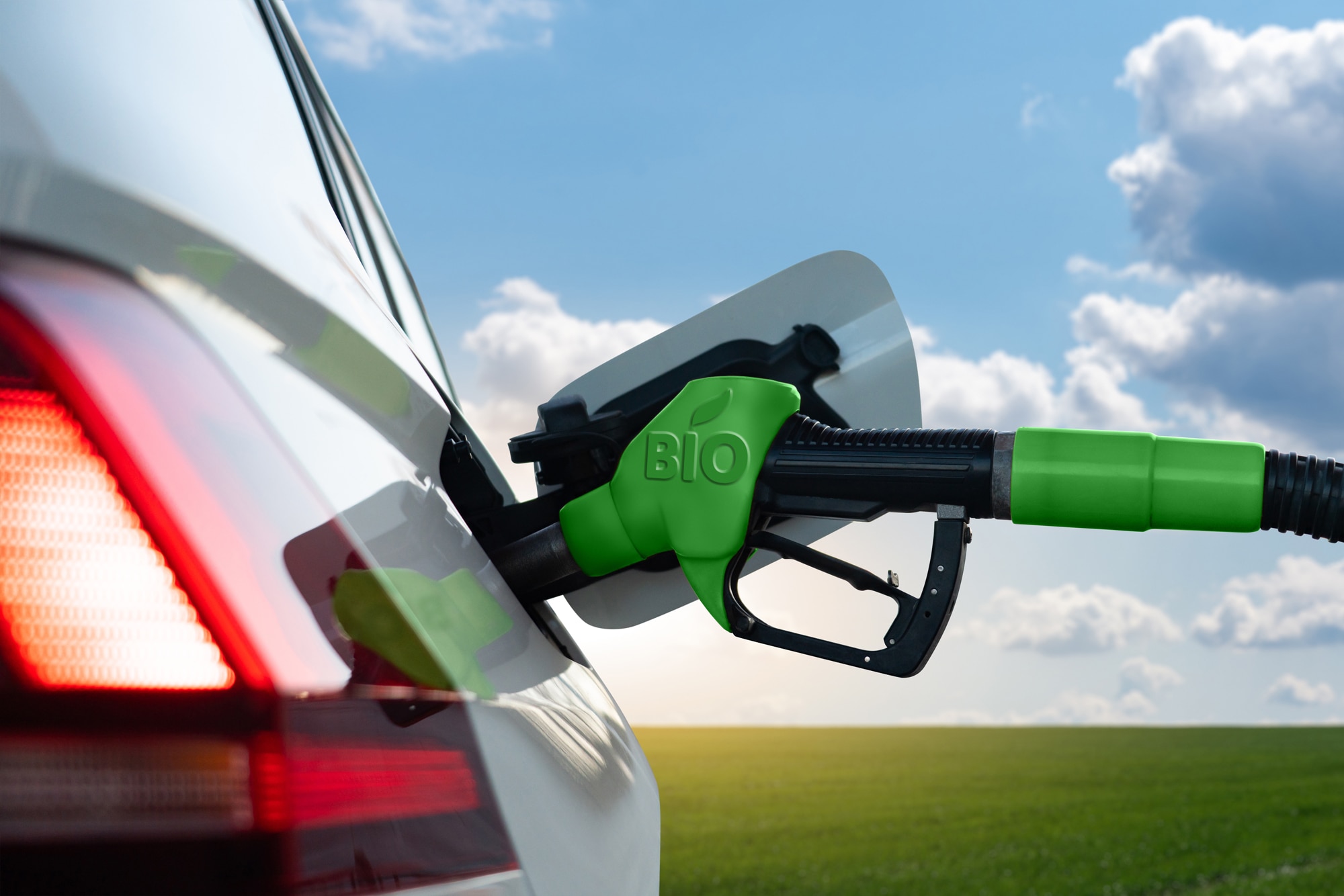What is E85 Gas?
We demystify the story of ethanol-gasoline blends, explain how they work, and why they just might be better for consumers, cars and the environment.
 Shutterstock
Shutterstock
Article QuickTakes:
Also known as flex fuel, E85 gas is a blend of gasoline and ethanol, a type of alcohol made from grains such as corn, sugar cane, or other forms of biomass. In America, the move towards blending ethanol with gasoline was spurred by the Clean Air Act Amendments of 1990, which sought to reduce harmful emissions coming from internal combustion engine vehicles. Due to ethanol having a lower carbon-to-hydrogen ratio than gasoline, it produces less CO2 when burned.
How is E85 Different From Regular Gas?
Most “regular gas” is also an ethanol-gasoline blend; more than 98% of pump fuel sold in the United States contains up to 10% ethanol. All passenger vehicles of any age (as well as all motorcycles, boats and lawn mowers) can safely run on E10 fuel.
Depending on where you find E85 and the time of year, the ethanol-gasoline blend can range from 51-83% ethanol. E85 is easier to find in corn-producing states. There are more than 3,900 E85 refueling stations in 42 different states pumping the blend out to an estimated 21,000,000 flex-fuel vehicles (FFVs).
What are the Advantages and Disadvantages of Using Ethanol-Based Fuel?
An ethanol-gasoline blend fuel produces fewer harmful tailpipe emissions. This may be the only laboratory-tested advantage of ethanol-based fuels that doesn’t change depending on the weather, the time of year, or the type of vehicle.
Another advantage: Ethanol has a higher octane rating than gasoline, so it’s more resistant to engine knock. Modern electronic controls can adjust an engine to take advantage of this octane boost and produce more torque. Turbocharged flex-fuel engines can go a step further by increasing the boost pressure to make more power.
On the other hand, ethanol has a lower energy density than gasoline, so it’s effectively less fuel efficient—you need to burn more to travel the same distance. The price of ethanol also varies and may not be low enough to offset the dip in fuel efficiency.
Which Vehicles Can Run on E85 Gas?
Only flex-fuel vehicles can run on E85 gas. These vehicles have upgraded fuel systems and engine components to handle the ethanol, and the engine control unit (ECU) in an FFV automatically analyzes the make-up of the fuel in the tank and adjusts engine settings accordingly.
If you put an E85 blend into a non-FFV, your car will run poorly as the engine is not programmed for the higher rate of fuel delivery required by an ethanol-gasoline blend. E85 also absorbs water and this has a corrosive effect on fuel system components, aluminum, magnesium, and some types of rubber. If you run E85 in a conventional vehicle, you’ll soon have to replace fuel hoses, gaskets, pumps, and seals, and this may do irreparable damage to your engine.
Converting a passenger vehicle to an FFV would be costly. The fuel tanks, pumps, filters, lines, injectors, wiring, fuel level sensors, seals, pressure regulators, valves, and more would need to be modified. For some older vehicles, especially those with a carburetor or mechanical fuel injection, a flex-fuel conversion kit starts at roughly $400.
Flex-fuel vehicles have been offered since the 1990s, but there are only a handful of new models for sale in America. Most are vehicles used for work or in commercial fleets, like the Ford Transit and Transit Connect, or the Ford F-150, Chevrolet Silverado, and GMC Sierra pickup trucks.



